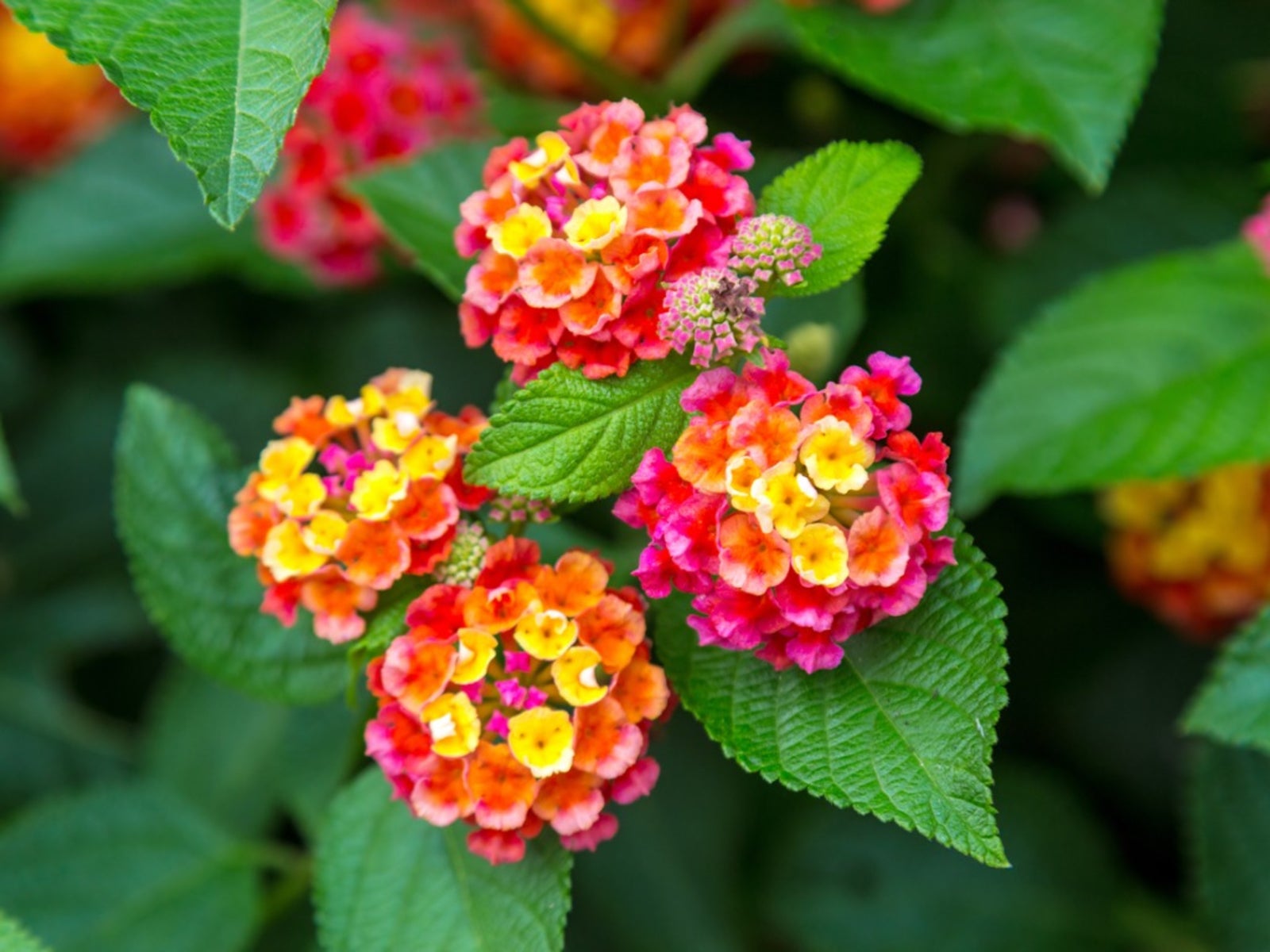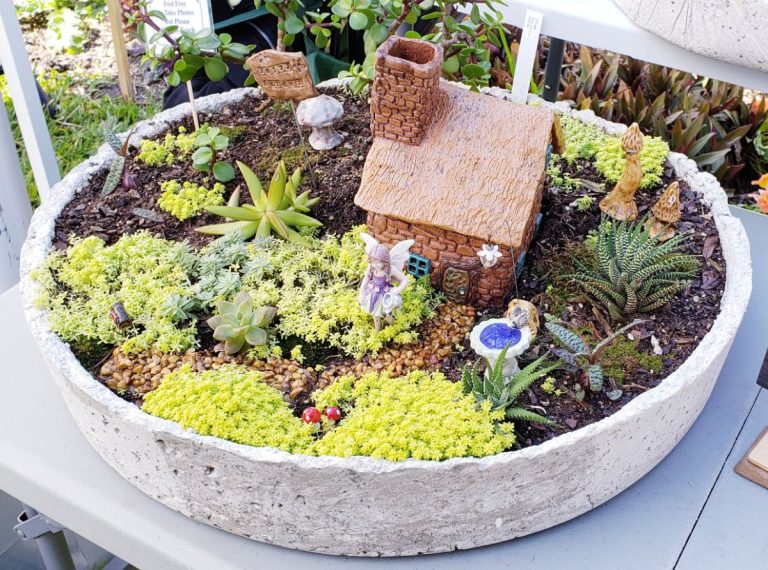Is Lantana Easy to Grow?
Lantana is an easy-to-grow, hardy, low-maintenance plant that can add a splash of color to any garden. It grows in a wide variety of soils and climates, making it an ideal choice for gardeners who want to add vibrant color to their landscape without a lot of effort. Lantana is a drought-tolerant plant that can thrive in full sun or partial shade and can withstand temperatures as low as 15 degrees Fahrenheit. With its colorful clusters of blooms and pleasant scent, lantana is an attractive addition to any garden.
What is Lantana?
Lantana is a flowering plant that is native to tropical regions of the world and is widely cultivated as an ornamental plant. It is a member of the Verbena family and is known for its colorful clusters of flowers, which can be found in shades of yellow, pink, orange, and white. The plants have a shrubby habit and can grow to between two and six feet tall. They are drought-tolerant and thrive in full sun and well-drained soil, making them a popular choice for gardens and landscapes. Lantana is also a great choice for attracting butterflies and other pollinators. With its vibrant flowers and easy care, lantana is an attractive addition to any garden.
Where can lantana be grown?
Lantanas are a diverse, colorful genus of plants that can be grown in many different climates. They thrive in warm and sunny areas, making them ideal for gardens, patios, and balconies in warmer climates. They can also be grown indoors, as long as they are provided with adequate light and space. Lantanas require well-draining soil and should be planted in a location that receives full sun for at least 6-8 hours a day. They require regular watering and should be fertilized every two weeks. Pruning can also help keep the plant healthy and looking its best. With their bright blooms and easy care, lantanas are a great addition to any garden or home.
What soil and climate conditions are ideal for lantana?
Lantana is an attractive, easy-to-care-for shrub that is commonly grown in gardens. For the best growth and flowering, it is important to consider the soil and climate conditions that are ideal for lantana. The plant prefers well-draining, fertile soils that are slightly acidic, with a pH between 5.5 and 6.8. Lantana also thrives in full sun, with temperatures between 65 and 80°F (18-27°C). In areas with hot summers, some shade during the day is beneficial. Water lantana regularly to keep the soil moist but not soggy, and fertilize it every few months with a balanced fertilizer. With the right soil and climate conditions, lantana can provide long-lasting beauty and enjoyment in the garden.
What care and maintenance is needed for Lantana?
Lantana is a beautiful and easy-to-care-for flowering shrub. It thrives in full sun and warm climates, making it a great choice for those looking for an easy-care flowering plant. Caring for Lantana requires minimal effort, however, regular maintenance will ensure it continues to look its best. Fertilize lantana once or twice a year with a balanced fertilizer to promote healthy growth. Prune lantana regularly to encourage a bushy, compact shape and keep it looking tidy. Deadhead spent flowers to encourage more blooms and keep the plant looking its best. Lantana is also susceptible to pests, so keep an eye out for any signs of damage or disease. With minimal effort and care, lantana will reward you with its bright and colorful blooms for years to come.
:max_bytes(150000):strip_icc()/add-a-florida-touch-with-lantana-plants-2132142-06-eab2355d33b8428e93bcff702824a04e.jpg)
What pests and diseases affect lantana?
Lantana is a beautiful flowering plant, commonly used in landscaping and garden design. Unfortunately, it is prone to pests and diseases that can cause significant damage. Common pests include aphids, mites, mealybugs, and whiteflies, which can cause wilting, discoloration, and the production of honeydew. Diseases such as powdery mildew, leaf spot, and root rot can be caused by excessive moisture and can cause stunted growth and leaf discoloration. Additionally, lantana can be attacked by rust, a fungal disease that causes yellow or orange spots on the leaves. To prevent pests and diseases from attacking lantana, it’s important to practice good garden hygiene and ensure proper drainage and air circulation.
What are the benefits of growing lantana?
Lantana is an attractive flowering plant, excellent for adding color and interest to the garden. It is also an easy-care plant that is low maintenance and drought tolerant. Growing lantana provides numerous benefits including providing a beautiful backdrop of vibrant hues in the garden, attracting bees and butterflies to the garden, and providing a nectar source for hummingbirds. Lantana is also great for erosion control and can be used for natural barriers or windbreaks. Plus, the plant is deer-resistant and can be used in pots or containers. With a little bit of care and attention, growing lantana can add beauty and interest to any outdoor space.
How to propagate lantana?
Propagating lantana is a great way to get more of this beautiful flowering shrub in your garden. This easy-to-care-for plant is a favorite of gardeners for its showy, long-lasting blooms and low maintenance requirements. To get started, purchase a healthy lantana plant from a nursery or garden center, or take a cutting from an existing plant. Cuttings should be taken from a healthy stem and planted in a light, well-draining soil. Water regularly until the plant is established, and then provide supplemental water during dry periods. Fertilize as needed, and prune annually to maintain the desired shape and size. With regular care, you can enjoy the beauty of Lantana for years.
What are some common varieties of lantana?
Lantana is a vibrant and hardy flowering perennial shrub that is popular in many gardens. There are numerous varieties of lantana available, each offering a unique array of colors and shapes. Some of the most common varieties of lantana are the Trailing Lantana, the Texas Lantana, the West Indian Lantana, and the Big Blue Lantana. Trailing Lantana is a low-growing variety of lantana with bright yellow, orange, or pink flowers. The Texas Lantana is a compact, mounding shrub that produces bright orange or pink flowers, while the West Indian Lantana is a tall shrub that produces clusters of yellow, orange, and red flowers. The Big Blue Lantana is a low-growing variety with large, lavender-blue flowers. All of these varieties of lantana are prized for their low maintenance and long-blooming characteristics, making them a great choice for any garden.
FAQs About the Is lantana easy to grow?
1. How much sunlight does Lantana need to grow?
Answer: Lantana needs full sun to grow and thrive, so it should be planted in an area that receives direct sunlight for at least 6 hours a day.
2. How often should I water my lantana?
Answer: Lantana should be watered regularly to keep the soil moist. During the summer months, lantana should be watered every 3-4 days. In the winter months, when the plant is not actively growing, it should be watered once a week.
3. What kind of soil does Lantana need to grow?
Answer: Lantana prefers well-draining soil with a slightly acidic pH. A soil mix of equal parts potting soil and perlite or sand is ideal.
Conclusion
Yes, lantana is an easy-to-grow plant that will bring beauty to any garden. It is drought-tolerant, low maintenance, and can tolerate most soil types. It is a great choice for both beginner and experienced gardeners alike. With its long-lasting blooms, vibrant colors, and attractive foliage, lantana is sure to bring a splash of color to any garden.







